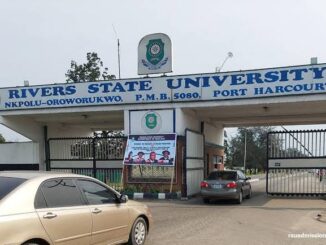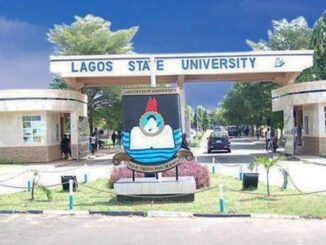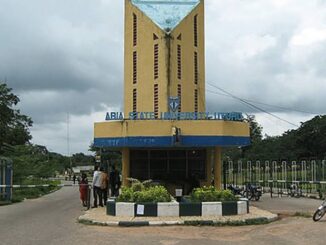
Have you ever wondered how water gets into coconuts?
Prof. Mufutau Atayese, a renowned expert in Plant Physiology and Crop Production at the Federal University of Agriculture, Abeokuta (FUNAAB), has demystified this long-standing question. In his 83rd Inaugural Lecture titled “Securing the Producer: Crop Nutrition and Food Security,” Prof. Atayese offered an enlightening explanation that’s simple to understand.
But it’s not just about coconuts; what about the broader implications for sustainable agriculture and food security?
Dive in to uncover these intriguing insights
The Journey of Water
Plants, including coconut trees, absorb water and minerals from the soil through their roots. This vital fluid travels up the stem and into the leaves, eventually finding its way into the heart of the coconut. The process is driven by the plant’s ability to harness sunlight energy through chloroplasts, creating sugar, the plant’s primary food source.
Plants as Autotrophs
What sets plants apart is their remarkable ability to use the sun’s energy, carbon dioxide, and water to produce their sustenance, classifying them as autotrophs. This process is crucial for the development of coconuts and their hydration.
Beyond Tradition: Sustainable Farming
Prof. Atayese, the former Dean of COLPLANT, emphasised that farming is more than traditional practice. It’s a dynamic interplay between plants and their environment, crucial for sustainable food production.
Addressing Modern Challenges
The challenges of food security, environmental sustainability, and human health are deeply connected to crop nutrition. To tackle issues like soil degradation and the negative impact of chemical fertilizers, Prof. Atayese advocates for sustainable farming techniques. These include:
- Organic Farming: Utilising natural processes for nutrient replenishment.
- Precision Agriculture: Employing technology for efficient farming.
- Integrated Nutrient Management: Balancing various nutrient sources for optimal growth.
The Benefits of Sustainable Practices
By adopting these methods, anyone can contribute to reducing environmental harm and ensuring the long-term viability of agriculture.
Collaborative Efforts for a Sustainable Future
Prof. Atayese underscored the importance of collaboration among Crop Nutritionists, Agronomists, Environmental Scientists, and policymakers. This synergy is vital for developing solutions that blend scientific knowledge with traditional wisdom and technological advances.
Key Recommendations for Sustainable Crop Nutrition
The Inaugural Lecturer advised focusing on practices like:
- Organic Farming: Enhancing soil health naturally.
- Bio-fertilization: Using biological agents for plant nutrition.
- Precision Agriculture and Integrated Nutrient Management: Maximising efficiency and reducing environmental footprint.
The Role of the Academic Community
In closing, Prof. Babatunde Kehinde, the Vice-Chancellor, noted that this lecture marked the fifth from COLPLANT and the fourth from Prof. Atayese’s department. This highlights FUNAAB’s commitment to advancing agricultural knowledge and practices.
In summary, Prof. Atayese’s lecture at FUNAAB opens a window into the intricate world of plant physiology and sustainable farming. His insights not only solve a natural mystery but also pave the way for a more sustainable and environmentally conscious approach to agriculture




Be the first to comment